A review of The Battle for Home: The Vision of a Young Architect in Syria. By Marwa Al-Sabouni. 2016. Thames & Hudson, New York. ISBN-10: 0500343179. 208 pages. Buy the book.
I have been reading an extraordinary book by Marwa Al-Sabouni: The Battle for Home: the Vision of a Young Architect in Syria, who posits the critical importance of urbanism for the nature of a city—its feeling, its generosity, its openness to all regardless of difference. She argues that a generous city, that has fountains in the streets, benches to sit on, and cool shade from trees that give joy year-round with their fragrances and fruits, creates a model for residents to follow. In writing about the old Homs, her home, she says, “This generosity was a model for residents to follow; it was the womb in which a shared morality gestated” (pg. 68).
The relationship between urbanism and nature is one of mutuality: they make each other.
In the nature of cities, we often forget the significant role of urbanism: the buildings, the architecture, the morphology of the city. The ways buildings juxtapose, set up social relationships, and create open spaces and paths for circulation orchestrate the nature of a city. How the built part of the environment can be either welcoming or forbidding, for both people and fauna and flora, is largely derived from urbanism. It is also important to realize that urbanism is not the same as urban planning; urbanism encompasses creating the feeling of a city, its atmosphere, its emotional quality and tone. Urban planning is certainly a component of urbanism, but urbanism also includes parks; open spaces; the relationship between the city and the countryside; civic culture and private spaces; and, ultimately, place making.
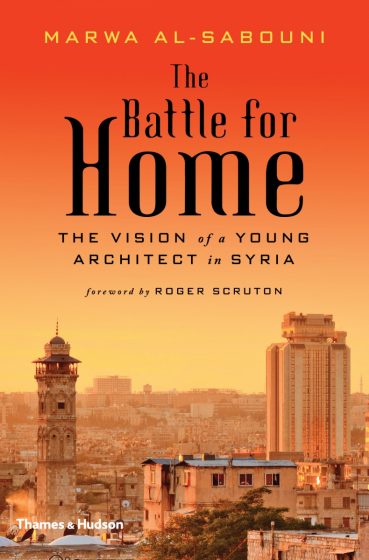 Al-Sabouni’s argument for paying attention to the relationship between city morphology, urbanism, and well-being is one that has been put forward before, but in thinking of nature in the nature of cities, we have not given this other relationship enough attention. It points directly to the relationship between the hard mineral surfaces humans construct, their form and layout, and the position and location of urban elements like parks or trees, or gardens and court yards: destinations, interwoven in daily pathways, privatized in yards, and so forth. Her argument for a generous city also resonates through housing: its accessibility, affordability, grace, and disposition on the landscape that can facilitate or encourage natural elements as well as amity among residents—in fact, those elements may be essential to the nurturing of civility and cordiality. The types of public spaces, their arrangements and relationship to buildings, are important, too, in making an open and inviting city. As Al-Sabouni writes of the old Homs where she grew up, “[T]he buildings, streets, and trees were not just the components of the urban environment; they were the very soul of the community, creating the faces we saw, the shops we bought from and the shape sound and feel of every footstep we took. In sum, such things shape our shared experience of belonging and the collective conscience of the city. . . . [to] make our coexistence into one existence” pg. 68 (italics in the original).
Al-Sabouni’s argument for paying attention to the relationship between city morphology, urbanism, and well-being is one that has been put forward before, but in thinking of nature in the nature of cities, we have not given this other relationship enough attention. It points directly to the relationship between the hard mineral surfaces humans construct, their form and layout, and the position and location of urban elements like parks or trees, or gardens and court yards: destinations, interwoven in daily pathways, privatized in yards, and so forth. Her argument for a generous city also resonates through housing: its accessibility, affordability, grace, and disposition on the landscape that can facilitate or encourage natural elements as well as amity among residents—in fact, those elements may be essential to the nurturing of civility and cordiality. The types of public spaces, their arrangements and relationship to buildings, are important, too, in making an open and inviting city. As Al-Sabouni writes of the old Homs where she grew up, “[T]he buildings, streets, and trees were not just the components of the urban environment; they were the very soul of the community, creating the faces we saw, the shops we bought from and the shape sound and feel of every footstep we took. In sum, such things shape our shared experience of belonging and the collective conscience of the city. . . . [to] make our coexistence into one existence” pg. 68 (italics in the original).
She writes about the double ravaging impact of state imposed modernist architecture, with its zoned districts, income, ethnic segregation, and high rises, and the devastation wrought on the old Homs, from the war. The old Homs was formed of Muslim and Christian dwellers, a small city behind a wall, with a history of harmonious coexistence imprinted on every stone and in every corner. It was a city where Muslims and Christians lived undivided and shared everything, from common house walls to shops, alleys, and even a church/mosque. People lived, worked, and worshipped together.
I was struck by this discussion and how relevant the concepts of urban form and urbanism are to the nature of cities. What makes a generous city? How segregated are we from one another by race and ethnicity, from work, from play, from parks, and from people who are in a different class? How is this also reflected in access to open spaces; to the benches, fountains, and fragrant trees that elicit joy and a desire to be out, outside of our personal space? In the U.S., there seems to be greater and greater emphasis on the individual, on the self, in uneasy tension with the equal rise of shared spaces, shared rides, co-working spaces. These tensions are reflected in the built environment, and in access to what makes cities livable—our open spaces, squares, trees, walkability—and our attitudes toward the homeless, the low income, and people who are not like ourselves. Generosity toward others needs to be intertwined with how we integrate natural elements in cities, how it can echo the ecosystem in which the city finds itself, in an increase of a sense of belonging.
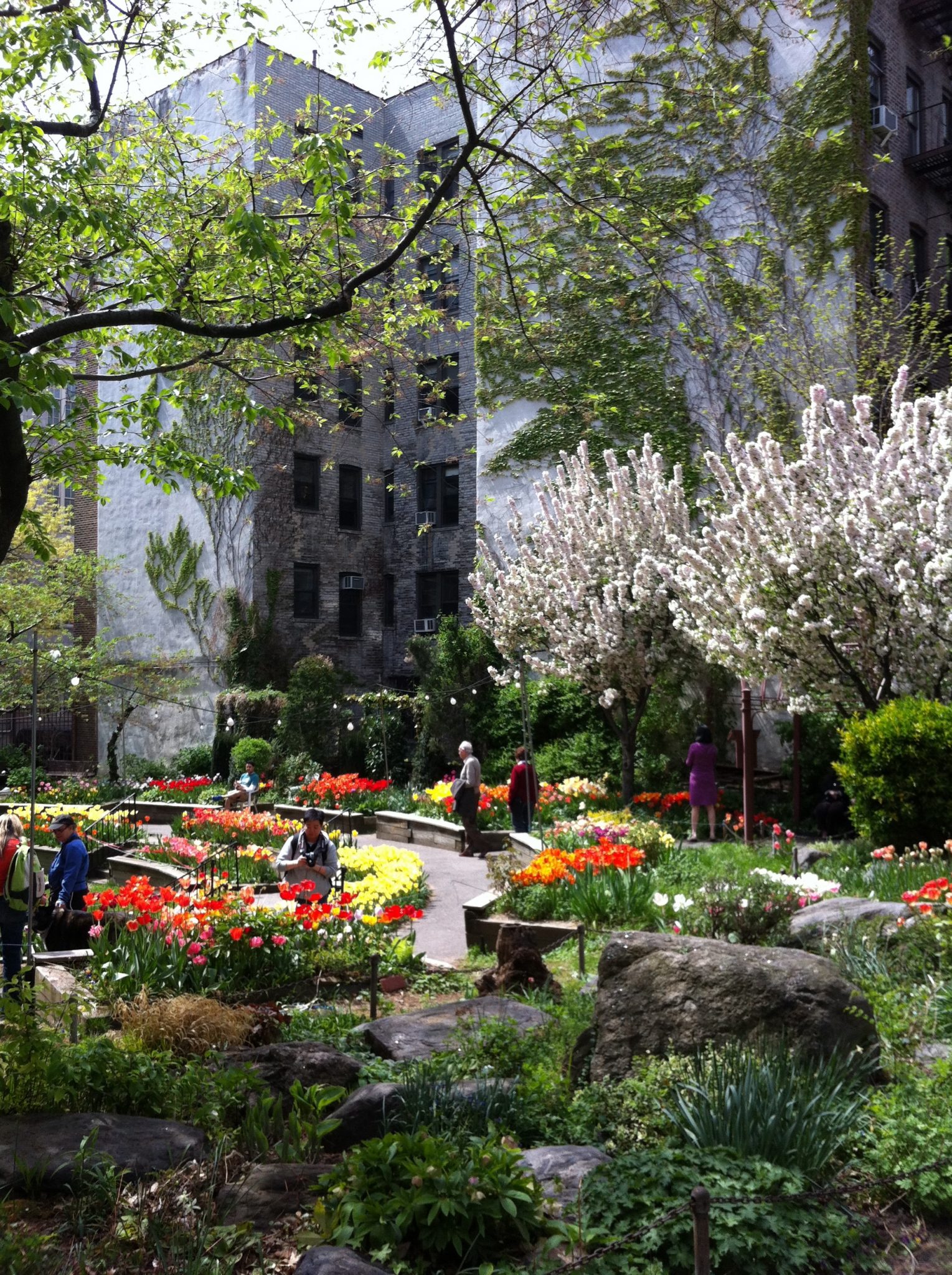
Urban open spaces, parks, yards, courtyards, and planting strips are intimately married to the built environment, shaped by that built environment, enhancing it, or introducing danger. It is the disposition of the built spaces that creates opportunities for sociability, vegetation, and water elements, organizing open spaces to function as oases of vegetation and fauna, beautification, and tolerance. Of course, an ancient city like Homs was the cumulative outcome of incremental decision-making, of traditional building materials, human and animal labor that enforced a certain modesty. As Al-Sabouni writes about the buildings: “Their coarse textured facades, moderate heights, and low wide doors welcomed every visitor humbly into their wide and simple interiors, and for that reason they were loved, becoming—in their own way—instruments of reconciliation between communities” (pg. 36). Such cities were built in those ways in good part out of necessity—but, as she reveals, Homs was quite different than Damascus, and thus there was intentionality in its construction.
Today, we have immensely powerful fossil fuels to build our cities, from the extraction of materials, to their processing, to manufacturing and distribution. Italian, Chinese, and Brazilian marbles travel the world to satisfy customer demand; timber is harvested from Russia, Scandinavia, Canada, and the tropics, then traded and processed for construction, creating various degrees of devastation in the process. Our cities’ construction materials, apart from concrete, can come from far-flung places, subsidized by cheap fossil fuel energy. We use these materials without regard for consequences in their places of origin or global greenhouse gas impacts, and with little attention to their relationship to the places in which they are utilized or to place making. While the ancient cities of the Middle East are, in some senses, vestiges of the past and perhaps not good models for the relatively newly developed West or for developing nations, many are still vibrantly inhabited, valiantly resisting the temptations of a hegemonic modernism, and in full throttle of contestation of space with the increased polarization that has occurred, perhaps most pointedly in Jerusalem.
Still, there are lessons to be learned about an urbanism that results from constraint—constraints of space, labor, wealth, materials, and energy. In moving toward a post-carbon world, these cities show the beauty and joy that can emerge from a generous urbanism. Importantly, a post-carbon future may also enable the renewal of craft skills, a trend that is already incipient in the maker and shared space movements. Integrating these movements into a new urbanism of place that emphasizes common open spaces and access to the nature of a particular place is an aspirational goal. This new urbanism can be built on an understanding that there is an urgent and immediate necessity to shift to a post-carbon, new normal and that this move necessarily entails a different urbanism, a generous urbanism of inclusion and modesty.
Al-Sabouni comments about the social importance of a way of production that creates handmade objects. She notes that this mode of production far exceeds its economic benefit and that its true value is greater for the producer than the consumer. She argues that craft production is essential for any flourishing society, as it broadens our sense of the universe as an arena for inspiration and creation. It educates us to strive for commitment and allows us to know what it is to contribute. This can and should include horticulture, the making and maintenance of gardens, parks, common small spaces, and food production. Artisanship has been lost in the race to the bottom of price and consumption made possible by cheap fossil fuel energy. The power of accomplishment of craft, of making, provides a sense of identity and, as Al-Sabouni argues, is a key measure of acceptance among disparate social groups and communities. It engenders respect. But how do we create those spaces where not only craft production can occur, but cities are built to create intimacy we experience with one another? Cities where we live next to the “other”, where we live with the artisans that, in a post-carbon world, are fashioning what we need from recycled materials, local materials, and some more precious ones from faraway places? Cities where the natural environment becomes a primordial partner not only in survival, but in well-being?
Some might argue from an apocalyptic view that these changes in our status quo will happen as our impacts far exceed the planet’s capacity to absorb them. But this will likely be an impoverished and mean adaptation. Rather, we need to drive a new urbanism based on values that encourage generosity, and a shared and civilized identity. Al-Sabouni again has something to offer: “If a place offers architectural details that give pleasure to the eye as well as moral values implicit in their creation, order and configuration, then the inhabitant will experience joy and consider that place to be their accomplishment; their identity.” (pg. 129). And the thing is, this form of participation does not have to be exclusive to class, race, ethnicity, religion, or other distinctions. The quest for a shared home needs to be engaged in democratically and unstintingly, in the knowledge that the future of the planet depends on it.
This work will engender pride that will unite the collective self and an identity based on the sharing of a place to which all belong. A new, post-carbon urbanism based on remaking cities that can more harmoniously depend on the resources available, including recuperating and recycling what has already been expended locally; embracing the nature of the local environment and inviting it in to make beautiful and livable places; and neighborhoods that welcome diversity—of people, activities, thought, and creativity—needs to be an urgent priority. The relationship between urbanism and nature is one of mutuality: they make each other. “The fabric of our cities is reflected in the fabric of our souls” (pg 175). We need to be more intentional and open hearted in this relationship to place and urbanism, realizing our inescapable dependence on the Earth. Al Sabouni has important insights to help us reconsider our current trajectory.
Stephanie Pincetl
Los Angeles


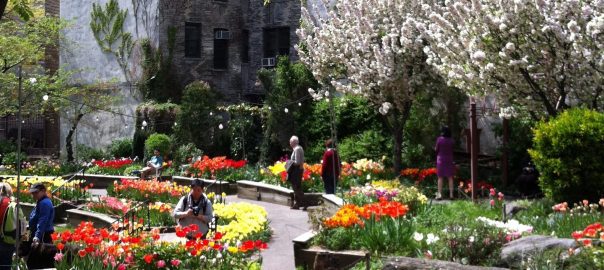
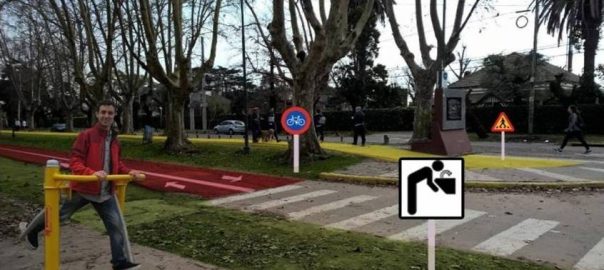
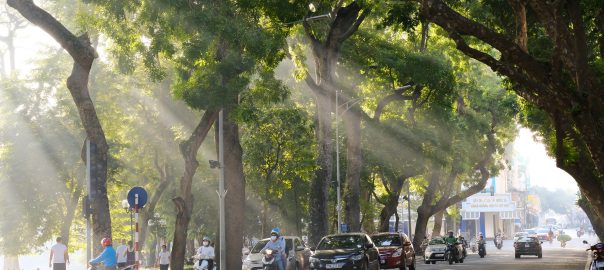
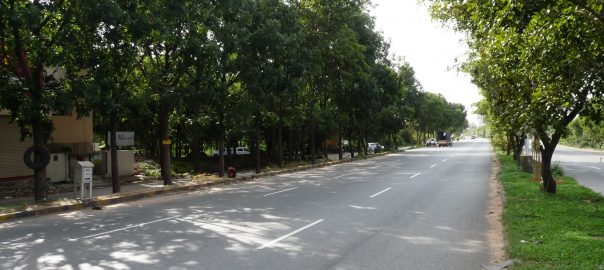
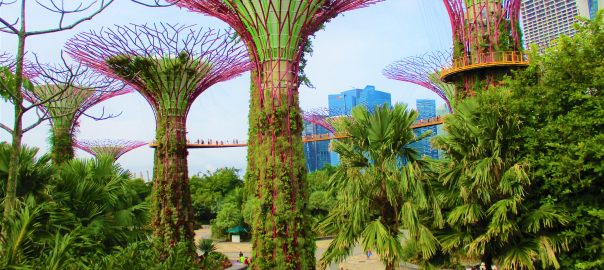
Leave a Reply